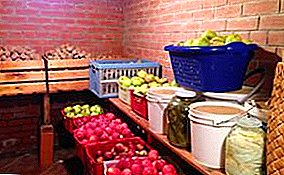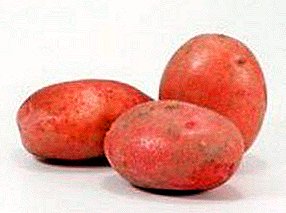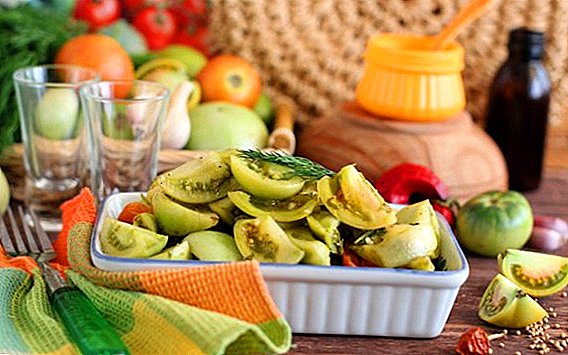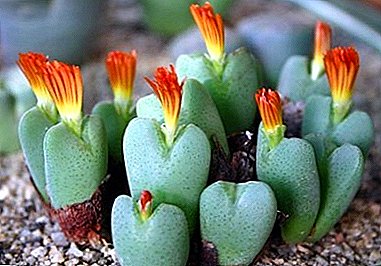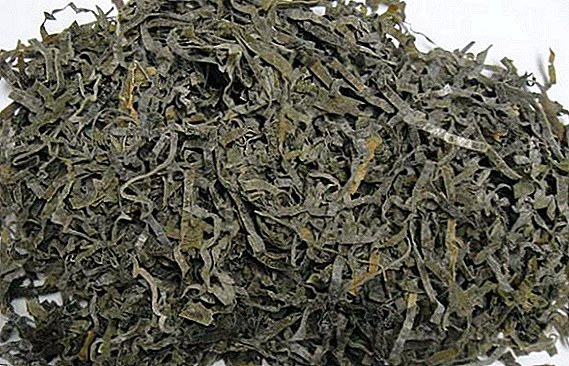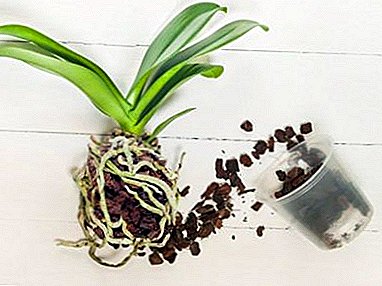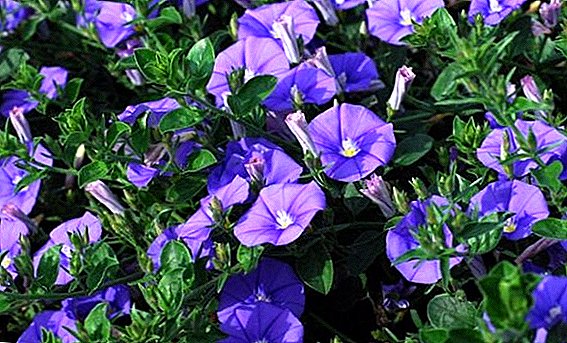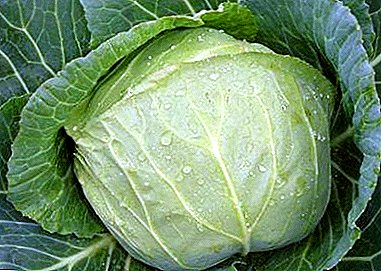
Practically all lovers of gardening grow this indispensable and very useful vegetable on their own plots. Most of them prefer varieties namely late - winter cabbage.
After all, it is wonderfully stored and just suitable for a variety of pickling and salting. Winter varieties do not suffer from the first autumn frosts and are not even afraid of the first snow.
In this article we will talk about the features of Amager winter cabbage and the purpose of its use. We also recommend to watch a useful video.
Definition
- Botanical description - Amager cabbage is a late-ripening variety; cabbages grow large, very dense, weighing from 2.5 to 4 kg. Great for long term storage.
- Appearance - outwardly, these are large heads of cabbage, the diameter varies from 70 to 110 cm, grows rather high raised above the soil. They have a round and slightly flattened shape; leaves are wide, wavy along the edge, gray-green in color with a waxy coating. Their surface is smooth.
- Brief history of selection - biologists have been engaged in the selection of this variety for almost 20 years, starting in 1927. The result (cabbage variety Amager) was obtained by selection methods from the Swedish sample; It was zoned in 1943.
Description
The distinctive features of cabbage Amager include:
- large size of heads;
- very dense structure;
- round - flattened head;
- resistance to cracking;
- high need for abundant watering;
- long shelf life, its taste is only improved.
Watch the video about the features of Amager cabbage:
Advantages and disadvantages
Like any variety, Amager cabbage also has its advantages and disadvantages. From the big advantages can be identified:
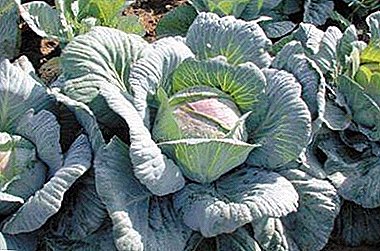 The main advantage of this variety of cabbage is that it has very excellent keeping quality, its forks are kept securely all winter and spring.
The main advantage of this variety of cabbage is that it has very excellent keeping quality, its forks are kept securely all winter and spring.- Amager calmly survives late frosts (seedlings are not damaged) up to 5 degrees below zero.
- This variety is not subject to cracking even during prolonged rains.
- Stable high yield is guaranteed.
- Forks ripen evenly, thanks to this they are conveniently cleaned by equipment.
- Not deformed during long-term transportation.
IMPORTANT: The main disadvantages of cabbage Amager: susceptible to black rot, can not withstand a long time without watering and does not tolerate hot weather (stops growing).
Similar varieties
Of course, there is a very large number of late cabbage varieties, among them there are several, similar in their qualities to the Amager variety.
- «Moscow late"- an old variety, bred in 1937, also has a high frost resistance. Heads grow large (up to 5 kg), very dense, have good keeping quality. Good for pickling.
- «Valentine F1"- a new popular variety, one of the latest. The leaves of this variety are very juicy, sweet taste (without bitterness). Forks grow weighing up to 4 kg, dense. May be stored until mid-summer.
- «F1 Extra"- this late-ripening hybrid variety is resistant to various diseases. The size of the forks is not as big as that of Amager (up to 2.8 kg), but they are also stored for a very long time - until the end of spring.
How to distinguish from others?
Among the many other late varieties, Amager stands out for some of the differences that are unique to her. Let's see how you can distinguish it from others:
- First we inspect the heading - the form should be round, but slightly flattened, large in size.
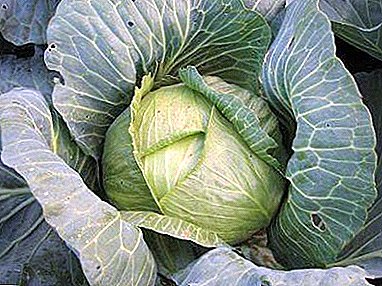 We look at the color of the leaves - they should be gray - green (bluish - green) in color with an obligatory wax coating (in other varieties there is no such plaque).
We look at the color of the leaves - they should be gray - green (bluish - green) in color with an obligatory wax coating (in other varieties there is no such plaque).- Check the shape of the leaves - they are semi-concave, wide, slightly wavy, only with a careful examination along the edge you can see small teeth. There should be no wrinkles on the leaves, they are absolutely smooth.
- We examine the external stump - its size should be approximately within the limits of 20-25 cm.
- Next, the head can be cut - when the cut becomes clear - loose plugs or dense, in the variety Amager it is very dense. It is also important to check the color - inside when the cut color should be white.
Purpose of use
About Amager cabbage, you can definitely say - the longer it is stored, the better its taste. That bitterness that is present in the leaves immediately after harvesting, after a month and a half disappears, only pure, pleasant taste remains and juiciness increases. Cabbage, on the other hand, simply has to “rest it up” - ripen. Naturally, it is actively used to prepare fresh dishes, as it is stored perfectly until the end of spring.
- Ferment - in this variant of the preservatives preservative is lactic acid, naturally obtained as a product of fermentation. And the fermentation process itself is due to the sugars that are in cabbage, as a result, we feel only the pure taste of the product - this is very useful.
Kvass cabbage is best in small oak barrels or enamelled buckets. Keep it at a temperature of 4 - 5 degrees Celsius.
- Pickling - thanks to the addition of salt, the process of reproduction of unwanted bacteria is blocked. Salty cabbage is also incredible useful, especially during various epidemics (influenza or ARVI), it strengthens the immune system very well.
Conclusion
Cabbage Amager, of course, a very famous and popular variety for a very long time. This cabbage is loved and respected for a rich and high-quality crop, it does not create difficulties in care. Therefore, its seeds are happy to buy both large-scale farms for cultivation on an industrial scale, and inexperienced gardeners, owners of small household plots.


 The main advantage of this variety of cabbage is that it has very excellent keeping quality, its forks are kept securely all winter and spring.
The main advantage of this variety of cabbage is that it has very excellent keeping quality, its forks are kept securely all winter and spring. We look at the color of the leaves - they should be gray - green (bluish - green) in color with an obligatory wax coating (in other varieties there is no such plaque).
We look at the color of the leaves - they should be gray - green (bluish - green) in color with an obligatory wax coating (in other varieties there is no such plaque).
